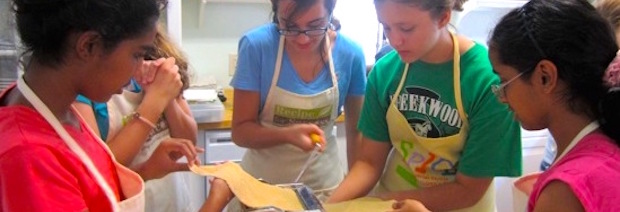 On Tuesday, September 18, The Robert Wood Johnson Foundation released its latest report card on obesity in America.
On Tuesday, September 18, The Robert Wood Johnson Foundation released its latest report card on obesity in America.According to the report-
"This new analysis provides a picture of two possible futures for the health of Americans over the next 20 years:
If obesity rates continue on their current trajectory, it's estimated that:
• Obesity rates for adults could reach or exceed 44 percent in every state and exceed 60 percent in 13 states;
• The number of new cases of type 2 diabetes, coronary heart disease and stroke, hypertension and arthritis could increase 10 times between 2010 and 2020 -- and then double again by 2030; and
• Obesity-related health care costs could increase by more than 10 percent in 43 states and by more than 20 percent in nine states.
But, if we could lower obesity trends by reducing the average adult BMI (body mass index) by only 5 percent in each state, we could spare millions of Americans from serious health problems and save billions of dollars in health spending -- between 6.5 percent and 7.8 percent in costs in almost every state.
F as in Fat is a reminder of how critical it is to provide everyone living in our country,
particularly our nation's children, with the opportunity to be as healthy as they can be. The forecasting study in this year's report demonstrates what's at stake. If we take action, the number of Americans, particularly children, we could spare from type 2 diabetes, heart disease, cancer and other health problems is striking, and the savings in health care costs and increased productivity would have a real and positive impact on the economy. Investing in prevention today means a healthier, more productive and brighter future for our country and our children." You can download the entire report here: F as in Fat - RWJF Report on Obesity 2012.pdf
In the report's synopsis of goals, recommendations, strategies and action steps that can be implemented short term to accelerate progression obesity prevention over the next 10 years, the final proposal is this:
Federal, state and local government and education authorities, with support from
parents, teachers and the business community and the private sector, should make schools a focal point
for obesity prevention.
• Require quality physical education and opportunities for physical activity in schools
• Ensure strong nutritional standards for all foods and beverages sold or provided through schools
• Ensure food literacy, including skill development, in schools
And that's exactly what we have been saying and doing at Recipe for Success Foundation since 2005. Our school based Seed-to-Plate Nutrition Education™puts elementary-age children in touch with the entire cycle of fresh food and empowers them with information and skills --both growing and cooking fresh wholesome food--for making healthy eating decisions for life. Our S2P Instructors help establish and mentor campus based wellness committees to focus on the holistic environment of students and ensure that healthy messaging is consistent throughout the campus as well as make increased opportunities for movement, exercise and awareness of healthy lifestyle a regular part of campus life. After just one year with us, the average student's increase in fresh fruit and vegetable consumption is 30%.
As the old song says - The future is our children.














Have a question?